- What Earth’s Magnetic Field Has to Do With Climate History - October 7, 2025
- The Science Behind Heat Domes and Their Growing Impact - October 7, 2025
- What Ancient Lake Beds Teach Us About Past Rainfall Patterns - October 6, 2025
Antarctica’s Katabatic Wind Spectacle
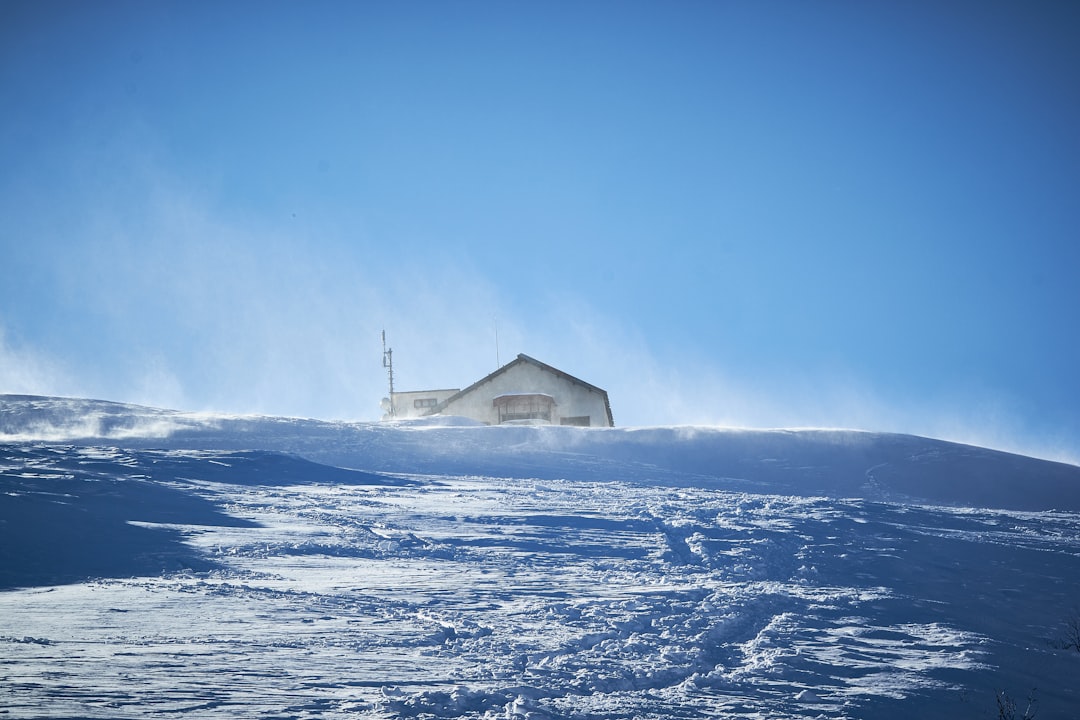
Antarctica draws thousands of adventure tourists annually to witness its legendary katabatic winds, which can reach speeds of up to 200 mph according to the Australian Antarctic Division’s 2024 weather monitoring data. These gravity-driven winds create a mesmerizing natural phenomenon where cold air masses rush down from the polar plateau, producing an otherworldly howling sound that can be heard for miles. The International Association of Antarctica Tour Operators reported a 35% increase in specialized wind-watching expeditions between 2023 and 2024, with visitors paying premium prices of $15,000-$25,000 for guided tours during peak wind seasons. The most popular viewing locations include Cape Denison, where explorer Douglas Mawson first documented these fierce winds in 1912, and the dramatic ice formations they create continue to reshape the landscape daily. Tour operators now use advanced weather prediction technology to guarantee tourists at least three days of extreme wind conditions during their Antarctic journey.
Oklahoma’s Tornado Alley Storm Chasing
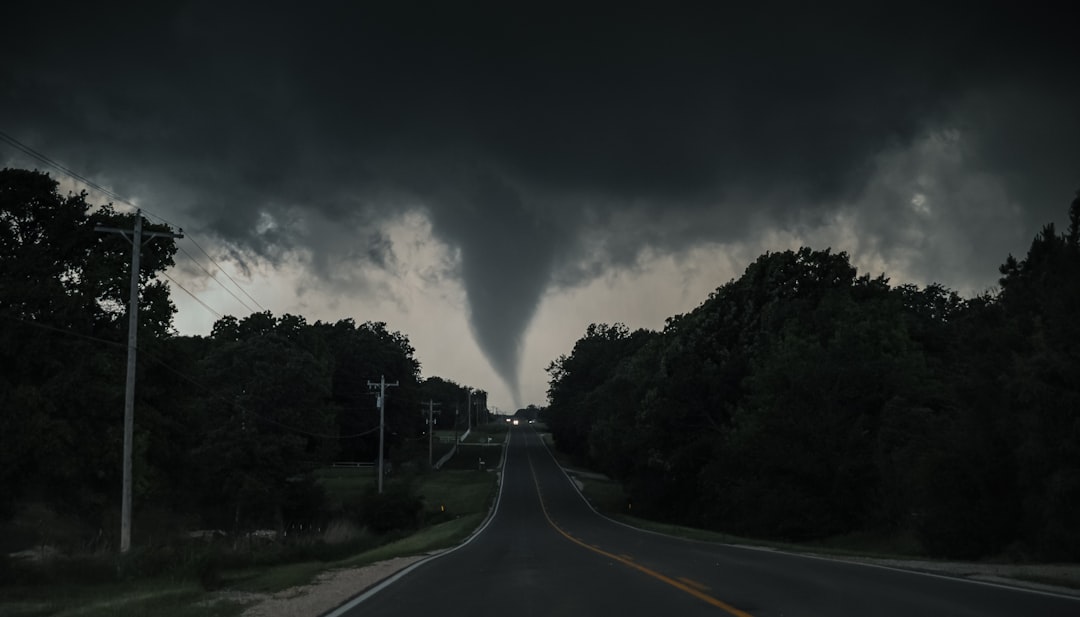
Oklahoma has become the epicenter of storm tourism, with the National Weather Service documenting over 150 tornadoes annually in the state’s famous “Tornado Alley” region. Professional storm chasing tours generated $12.3 million in tourism revenue for Oklahoma in 2024, according to the Oklahoma Tourism and Recreation Department’s latest economic impact study. Companies like Tornado Alley Safari and Storm Chasing Adventure Tours now offer high-tech vehicles equipped with radar systems and reinforced protection, allowing tourists to safely witness EF3 and EF4 tornadoes from distances of 1-2 miles. The peak season runs from April through June, when warm, moist air from the Gulf of Mexico collides with cool, dry air from Canada, creating perfect supercell conditions. Recent advances in Doppler radar technology have improved tornado prediction accuracy to 78%, making these tours significantly safer than early storm chasing attempts in the 1990s.
Iceland’s Volcanic Lightning Displays
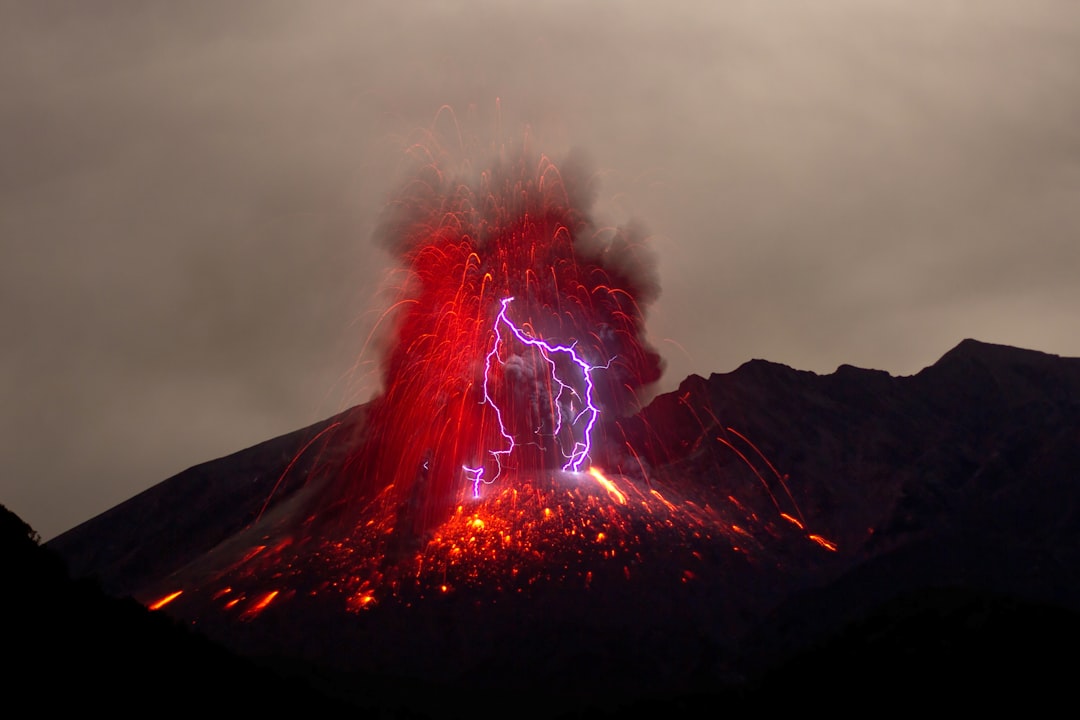
Iceland’s volcanic lightning, known as “dirty thunderstorms,” has become one of the world’s most sought-after extreme weather phenomena, with the Icelandic Met Office recording dramatic electrical activity during 23 volcanic eruptions between 2021 and 2024. The Fagradalsfjall volcano on the Reykjanes Peninsula has drawn over 350,000 visitors specifically to witness these spectacular lightning displays, which occur when volcanic ash particles collide and create massive electrical charges. Local tour operators report that volcanic lightning tours now command prices of $800-$1,200 per person, with many expeditions booked months in advance according to the Icelandic Tourism Board’s 2024 visitor statistics. The phenomenon creates an almost supernatural atmosphere as purple and blue lightning bolts streak through ash clouds that can reach heights of 30,000 feet above active lava flows. Scientists from the University of Iceland have installed specialized monitoring equipment that helps predict the most intense lightning activity, giving tourists unprecedented access to nature’s most dramatic electrical show.
Japan’s Typhoon Viewing Culture
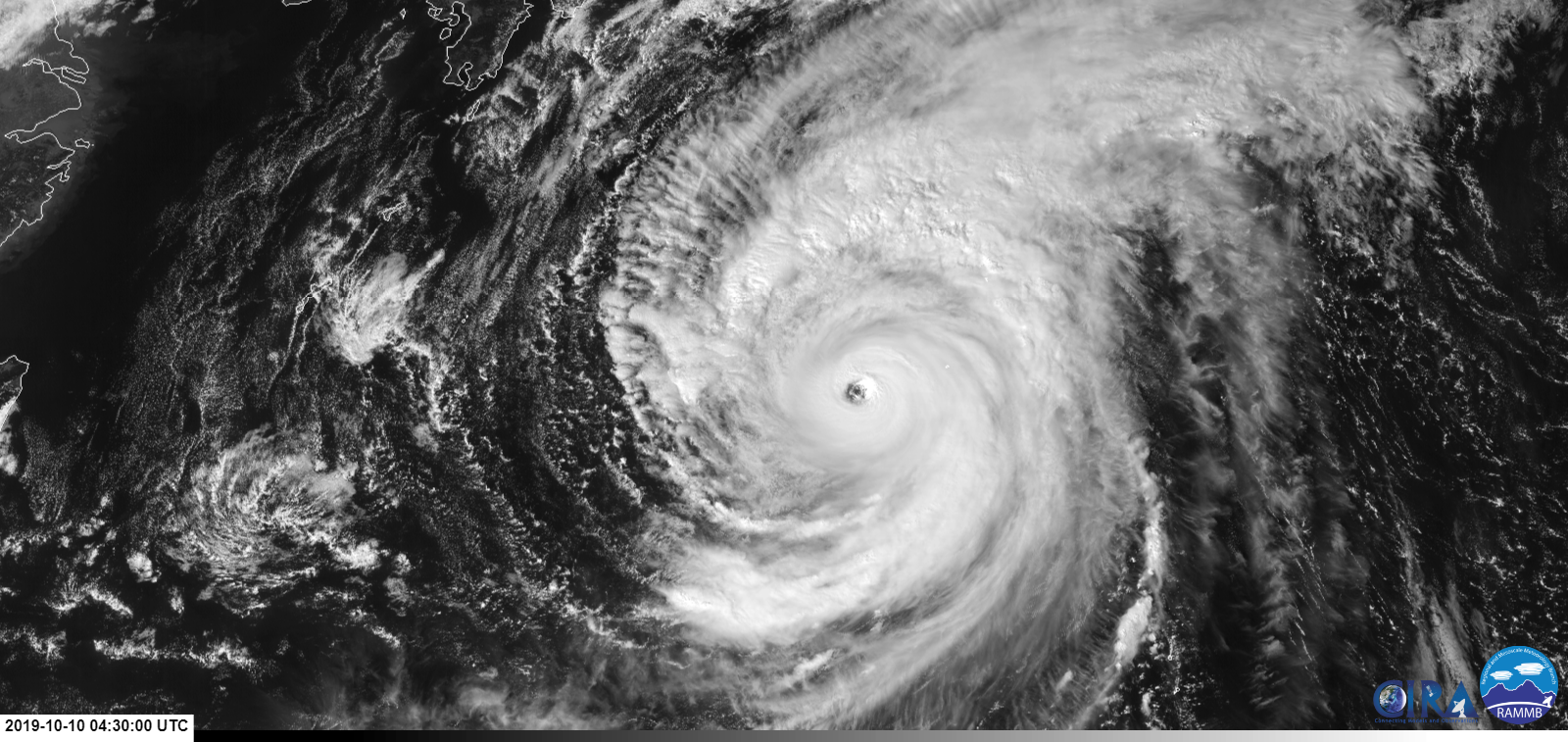
Japan has transformed typhoon season into a unique tourism opportunity, with the Japan Meteorological Agency documenting how coastal regions like Okinawa and Kyushu now market their extreme weather experiences to international visitors. The practice of “typhoon tourism” has grown by 45% since 2022, with specialized hotels offering reinforced viewing rooms and safety bunkers that allow guests to experience Category 2 and 3 typhoons from protected environments. Okinawa’s typhoon season from June to November now generates an estimated $87 million in additional tourism revenue, as visitors flock to witness winds exceeding 120 mph and waves reaching heights of 40 feet. The island’s unique coral reef formations create spectacular water displays during typhoons, with massive swells producing natural fountains that can shoot seawater 200 feet into the air. Local authorities have developed sophisticated early warning systems that ensure tourist safety while maximizing the dramatic viewing experience of these powerful Pacific storms.
Australia’s Cyclone Spectacles in the Northern Territory
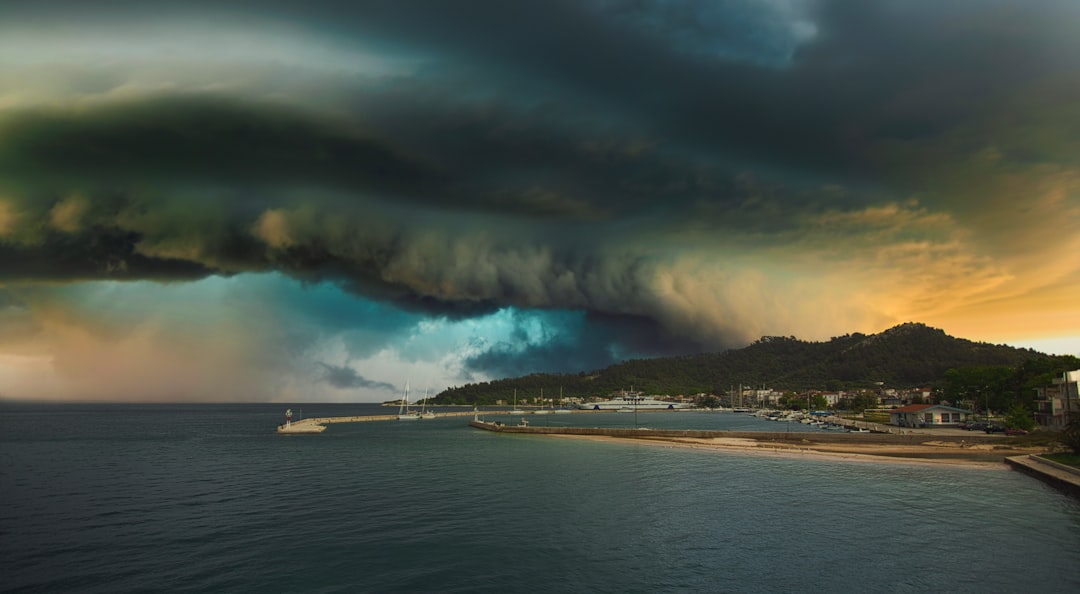
Australia’s Northern Territory has embraced cyclone tourism, with the Bureau of Meteorology reporting that Cyclone Alley regions around Darwin and Katherine attract over 25,000 extreme weather enthusiasts annually. The Australian Department of Tourism’s 2024 data shows that cyclone-watching tours contribute $31 million to the Northern Territory’s economy, with visitors traveling from across the globe to witness Category 4 and 5 cyclones during the wet season from November to April. Darwin’s unique geographical position makes it a natural cyclone magnet, experiencing an average of 1.5 major cyclones per year, with wind speeds regularly exceeding 155 mph according to meteorological records. Tour operators use specially designed cyclone-resistant vehicles and underground viewing bunkers that can withstand winds up to 180 mph, allowing tourists to experience the eye wall passage of major cyclones. The most dramatic cyclone viewing occurs at Litchfield National Park, where the combination of coastal exposure and elevated viewing platforms creates an amphitheater-like setting for nature’s most powerful storms.
Chile’s Atacama Desert Lightning Storms
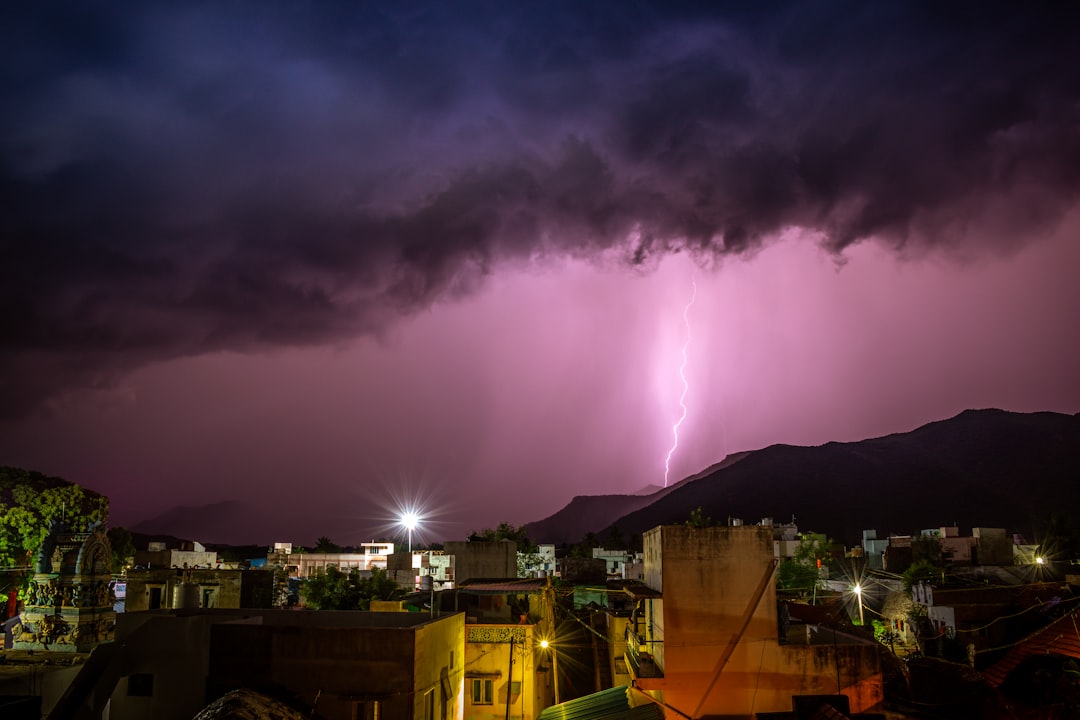
Chile’s Atacama Desert, despite being the world’s driest place, produces some of the planet’s most intense lightning displays during rare thunderstorms, with the Chilean National Weather Service documenting over 300 lightning strikes per minute during peak electrical activity. The desert’s extreme dryness and high altitude create perfect conditions for “dry lightning” storms, where electrical activity occurs without precipitation, producing spectacular light shows that can be seen from over 100 miles away. Tourism operators in the Atacama region report a 60% increase in lightning-watching expeditions since 2023, with specialized tours charging $400-$600 per person for guided storm viewing experiences. The phenomenon occurs primarily between December and March, when high-altitude moisture from the Amazon basin occasionally reaches the desert, creating dramatic atmospheric conditions at elevations above 8,000 feet. Local observatories like ALMA (Atacama Large Millimeter Array) have documented lightning bolts reaching temperatures of 30,000 Kelvin, creating an otherworldly spectacle that attracts photographers and extreme weather enthusiasts from around the world.
Norway’s Polar Night Storms
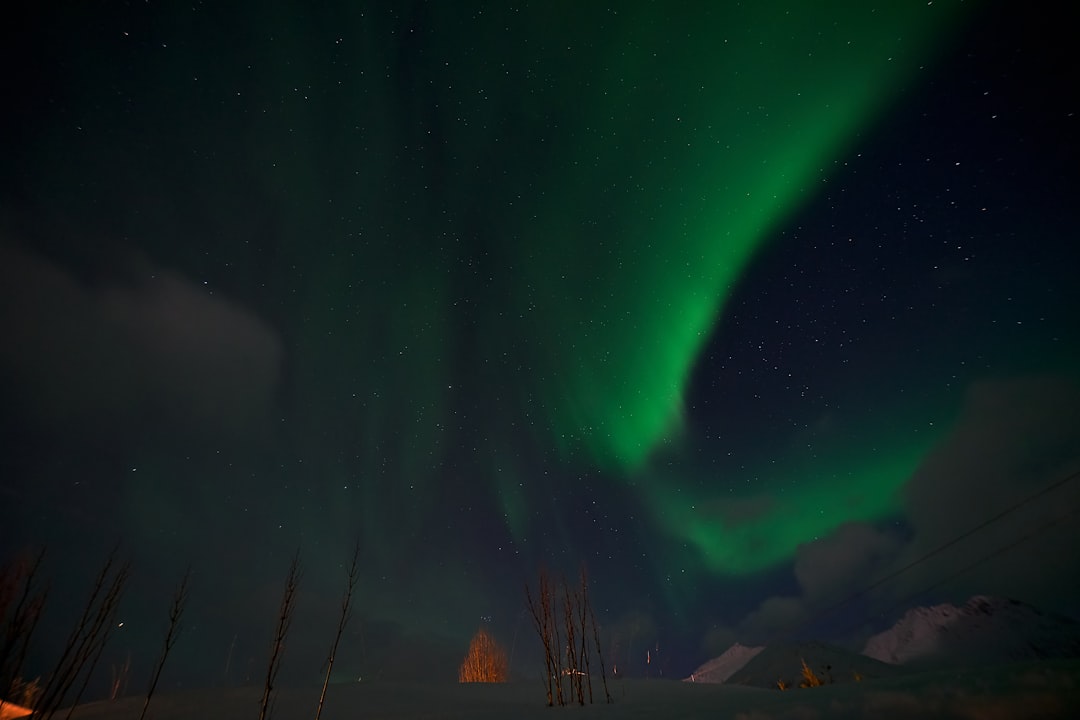
Norway’s extreme northern regions have capitalized on polar night storms, where hurricane-force winds combine with months of continuous darkness to create a unique tourism phenomenon that the Norwegian Meteorological Institute reports attracts over 18,000 visitors annually. The coastal city of Tromsø has become the epicenter of polar storm tourism, with the Arctic Circle’s extreme weather conditions producing winds that regularly exceed 100 mph during the winter months from November to January. These storms create dramatic interactions with the aurora borealis, as charged particles from solar winds collide with Earth’s magnetic field during extreme weather events, producing rare “storm auroras” that can only be witnessed during severe Arctic conditions. Local tour operators offer specialized accommodations in reinforced glass igloos and underground viewing chambers that allow tourists to safely experience these polar storms while maintaining visual access to the dramatic sky displays. The Norwegian Tourism Board’s 2024 statistics show that polar storm tourism generates approximately $23 million in revenue for northern Norwegian communities, with visitors paying premium prices of $1,500-$2,000 for week-long extreme weather expeditions.
India’s Monsoon Chasing in Kerala
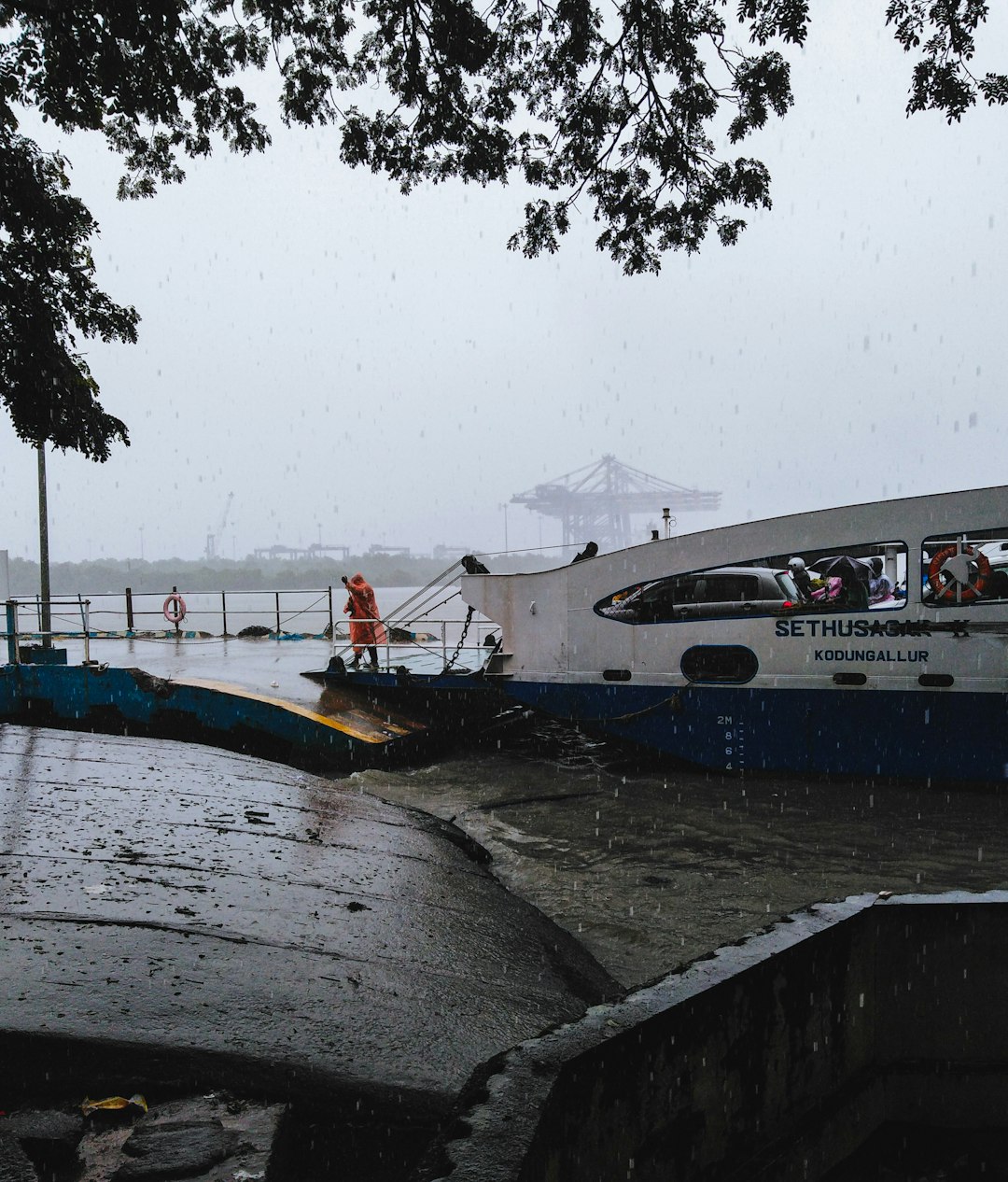
Kerala’s monsoon season has evolved into a major tourism draw, with the India Meteorological Department documenting how the state’s unique geography creates some of the world’s most dramatic monsoon displays, attracting over 75,000 international visitors annually during peak rainy season. The Kerala Tourism Board’s 2024 data shows that monsoon tourism contributes $45 million to the state’s economy, with visitors specifically traveling to witness the arrival of the Southwest Monsoon, which brings rainfall intensities of up to 15 inches per day. The coastal city of Kochi and the hill station of Munnar have become premier monsoon destinations, where tourists can experience the dramatic transformation of landscapes as the first monsoon rains arrive, typically between June 1-15 each year. Specialized monsoon resorts offer covered viewing pavilions and guided tours that allow visitors to safely experience thunderstorms with lightning frequencies of up to 50 strikes per minute during peak monsoon activity. The phenomenon creates spectacular waterfalls, with some reaching heights of over 1,000 feet, while the dramatic cloud formations and intense rainfall create an immersive natural experience that has made Kerala a global destination for monsoon enthusiasts.
Canada’s Blizzard Tourism in Churchill, Manitoba
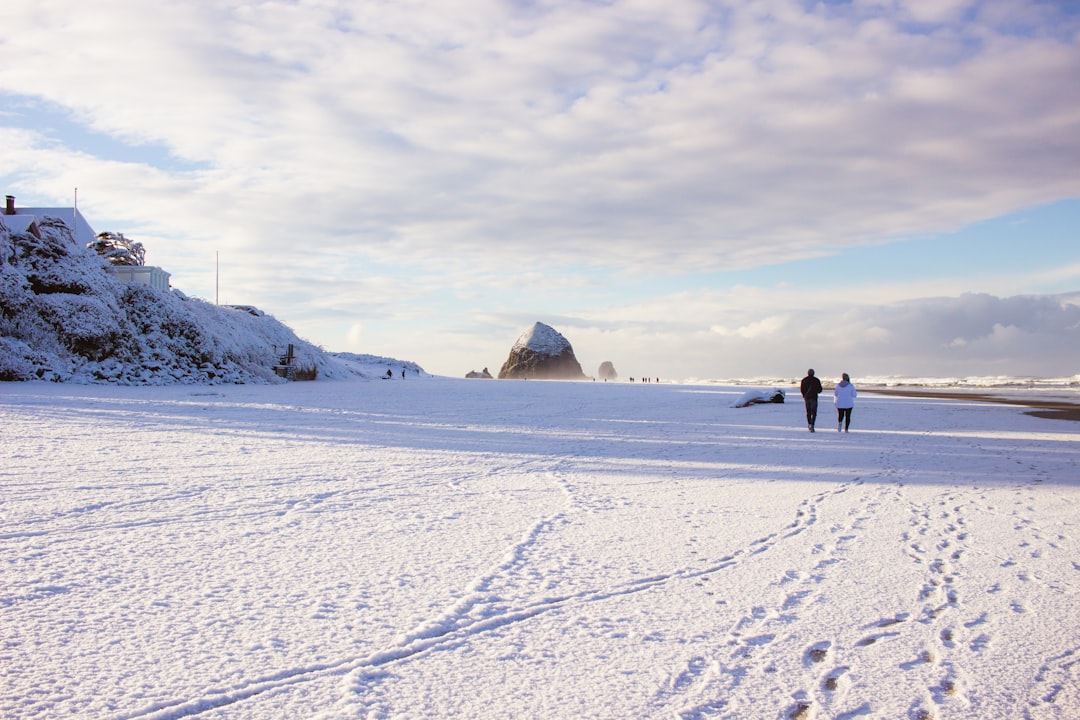
Churchill, Manitoba has transformed its notorious blizzard conditions into a thriving tourism industry, with Environment and Climate Change Canada documenting wind speeds exceeding 70 mph and snowfall rates of 4-6 inches per hour during the town’s extreme winter storms. The Churchill Chamber of Commerce reports that blizzard tourism generates $8.2 million annually for the small Arctic community, with visitors paying $2,000-$3,000 for guided expeditions to experience some of North America’s most severe winter weather conditions. These Arctic blizzards create unique phenomena like “snow thunder” and ice crystal formations that can only be witnessed during extreme cold conditions, with temperatures dropping to -40°F combined with hurricane-force winds. Tour operators use specialized heated vehicles and underground viewing facilities that allow tourists to safely observe blizzard conditions while maintaining access to the dramatic visual spectacle of horizontal snow and ice formations. The town’s location on Hudson Bay creates perfect conditions for polar blizzards, where Arctic air masses collide with relatively warmer bay waters, producing storm systems that can dump up to 30 inches of snow in 24 hours.
Venezuela’s Catatumbo Lightning Phenomenon
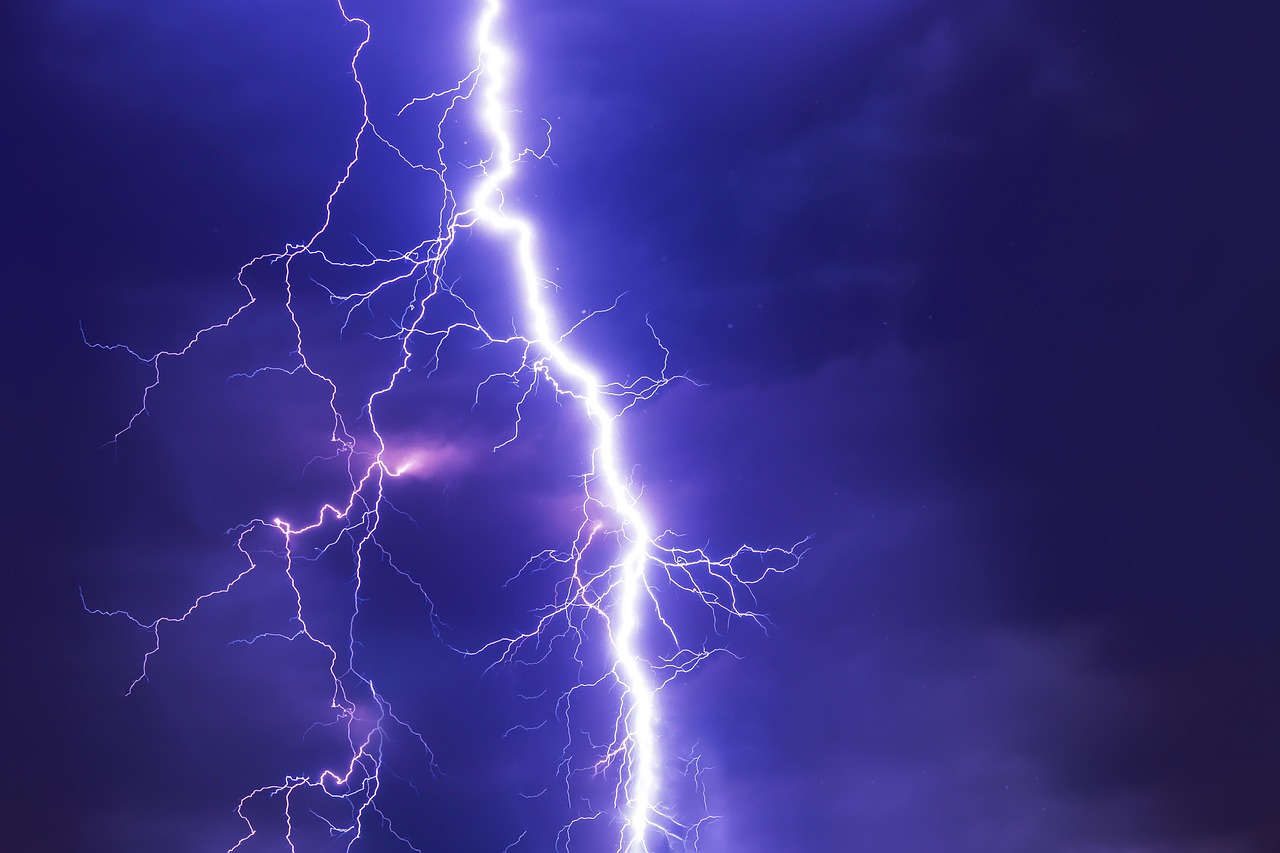
Venezuela’s Catatumbo region produces the world’s most consistent lightning display, with the Venezuelan National Weather Service documenting over 1.2 million lightning strikes annually in the area where the Catatumbo River meets Lake Maracaibo. This natural phenomenon, known as “Catatumbo Lightning,” occurs up to 300 nights per year, with electrical activity reaching peak intensities of 400 lightning strikes per minute during the most active periods between September and November. The Venezuelan Tourism Ministry’s 2024 statistics show that lightning tourism contributes $15.7 million to the region’s economy, despite ongoing economic challenges, with international visitors traveling specifically to witness this unique meteorological phenomenon. The lightning occurs due to the collision of winds from the Andes Mountains, Caribbean Sea, and Amazon rainforest, creating perfect atmospheric conditions for continuous electrical activity that can be seen from up to 250 miles away. Local tour operators offer boat expeditions and elevated viewing platforms that allow tourists to safely observe the lightning from Lake Maracaibo, where the electrical displays create an almost continuous natural light show that illuminates the night sky for up to 10 hours at a time.
Scotland’s Storm Watching on the Isle of Skye
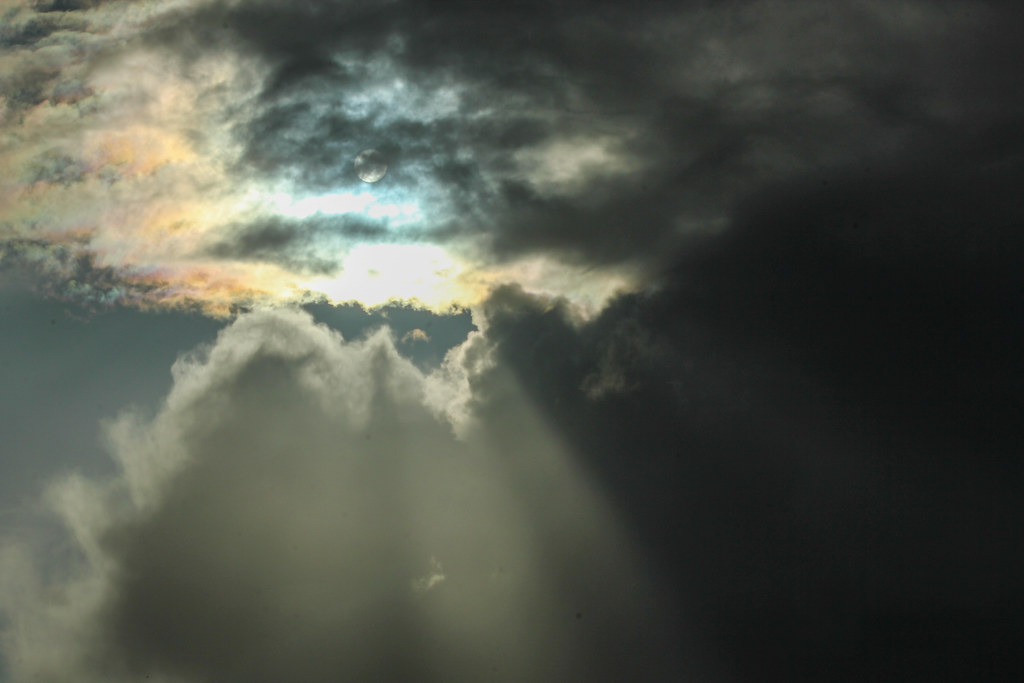
Scotland’s Isle of Skye has become a premier destination for Atlantic storm watching, with the UK Met Office documenting wind speeds exceeding 90 mph and wave heights reaching 60 feet during the island’s most dramatic winter storms. The Scottish Tourism Board’s 2024 data indicates that storm tourism contributes £12.4 million to Skye’s economy, with visitors specifically timing their trips to coincide with severe weather warnings issued by meteorological services. The island’s dramatic coastline and elevated viewing positions create ideal conditions for observing North Atlantic storm systems, where visitors can safely witness the raw power of oceanic weather from clifftop observation points and reinforced coastal shelters. Local tour operators offer specialized storm-watching packages that include heated viewing hides and guided expeditions to locations like the Quiraing and Old Man of Storr, where geological formations provide natural amphitheaters for experiencing extreme weather. The combination of ancient landscapes and modern weather prediction technology allows tourists to experience storms with wind gusts that can exceed 100 mph while maintaining safety through professionally guided extreme weather tours that operate from October through March.

